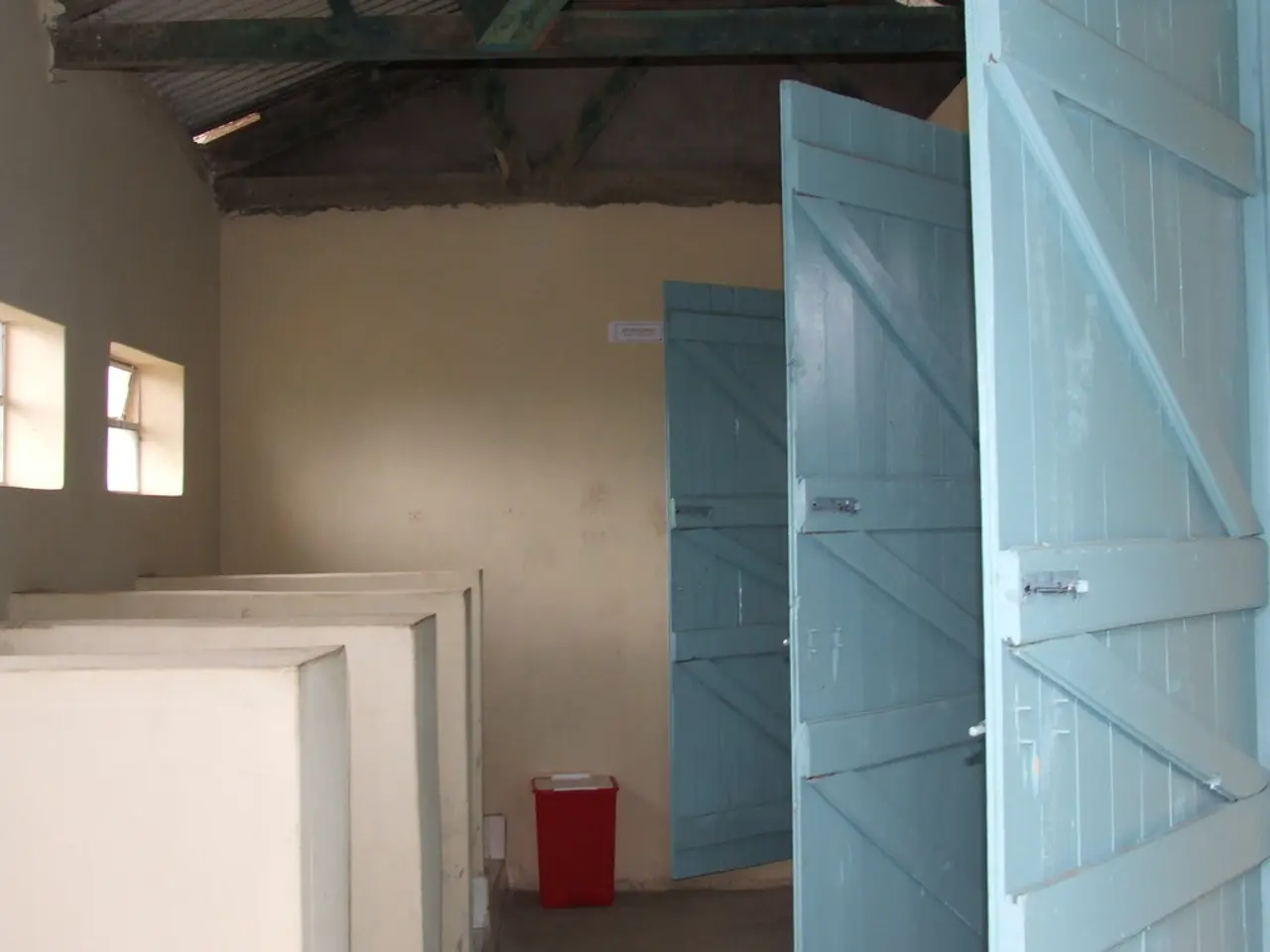Reimagining Air Quality: Exploring the Influence of Architecture and Interior Design on Healthier Environments
In our rapidly urbanizing world, the intersection of interior architecture, design, and air quality is critical. Interior designers, with their unique blend of aesthetic and functional expertise, are at the forefront of creating spaces that prioritize clean air, contributing directly to the health and well-being of occupants.
Designers are tasked with crafting spaces that are not only functional and aesthetically pleasing but also protective and accommodating for diverse occupants. Prioritizing comfort and safety is essential, as poor air quality can lead to short-term issues such as allergies and fatigue, and long-term health risks like asthma, chronic respiratory conditions, and even cancer.
Architects and designers have a moral responsibility to prioritize air quality in their projects to safeguard human health and improve quality of life. This responsibility is particularly important in regions like India, where architecture and interior design play a significant role in reducing air pollution and associated health risks. By incorporating green infrastructure such as urban greenery, green facades, and water-retention systems, designers can mitigate heat stress and improve urban resilience against climate events like wildfires and dust smog.
Innovative interior design solutions for better air quality include airtight envelopes, smart ventilation systems, and advanced filtration techniques. Airtight building envelopes, using low-E glass, triple glazing, special coatings, detailed construction, and air leakage testing, can block outdoor pollutants. Advanced technical systems ensure clean air while saving energy, using energy recovery ventilation, heat exchangers, enthalpy wheels, and high-performance filtration.
Passive cooling strategies, such as sun shading, natural ventilation, and leveraging materials with high thermal mass, are also essential in ensuring thermal comfort in buildings. Thermal comfort is a cornerstone of well-designed buildings, directly impacting how individuals experience and use spaces, influencing productivity, health, and energy efficiency.
In an era of grid vulnerabilities, buildings must maintain functionality during power outages. Energy-efficient systems and backup power sources ensure uninterrupted operations. Off-grid energy solutions like solar panels coupled with battery storage provide reliable electricity during blackouts.
Flood-resistant structures can be achieved through elevated designs, flood barriers, and permeable landscaping. Smart ventilation strategies combine technology with passive design principles, using automated window systems, visual feedback systems, and passive design.
To become an interior designer, one must pursue a degree or diploma in interior design, build a portfolio, and stay updated on trends in design and technology. Awareness around sustainability and wellness has grown, and interior designers hold the power to transform spaces into healthier, more inspiring places that positively impact both individuals and the planet.
Incorporating air filtration systems, low-VOC materials, and biophilic elements improves indoor air quality for individuals with respiratory sensitivities. Fire-resistant materials and creating defensible spaces around buildings can mitigate wildfire risks. Inclusive design ensures that built environments cater to diverse populations, including children, the elderly, and individuals with specific health concerns.
Future-ready design in interior architecture prioritizes resilience, adaptability, and inclusivity. Smart Systems that prioritize energy-efficient functions during outages, such as lighting and ventilation, contribute to occupant safety and comfort.
In conclusion, the role of interior designers in promoting healthier living spaces cannot be overstated. By embracing clean air design strategies, designers can enhance the beauty of our environments, foster healthier living spaces for all occupants, and contribute to a more sustainable and resilient future.





